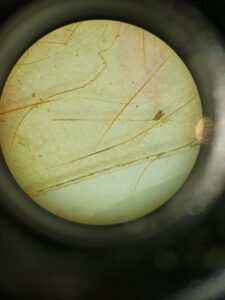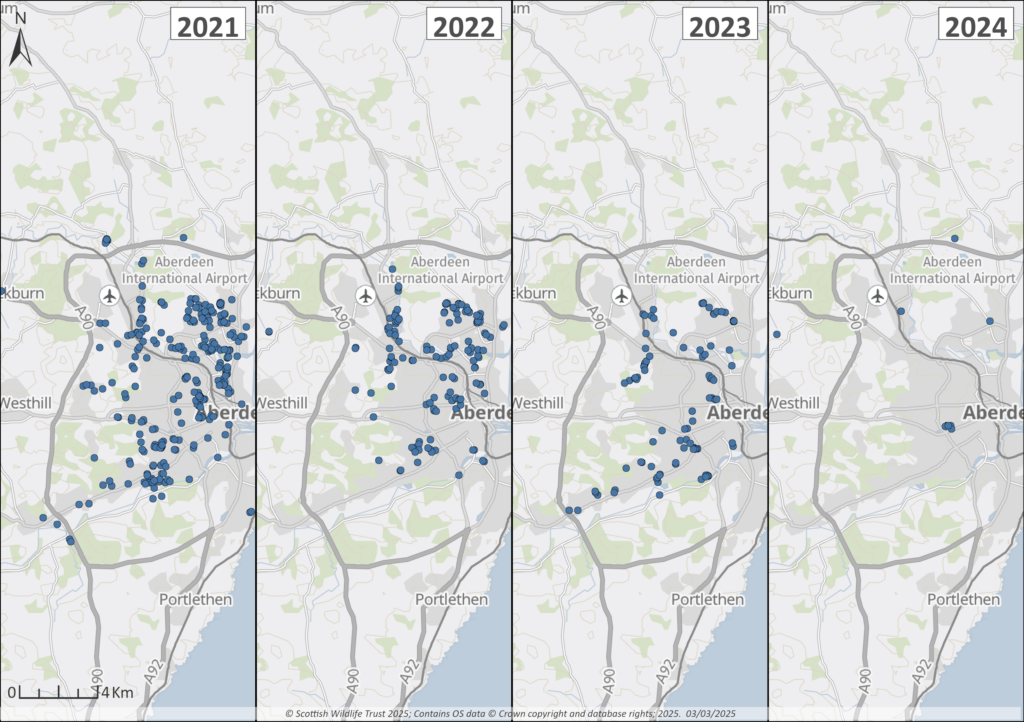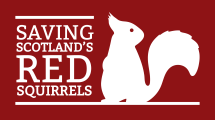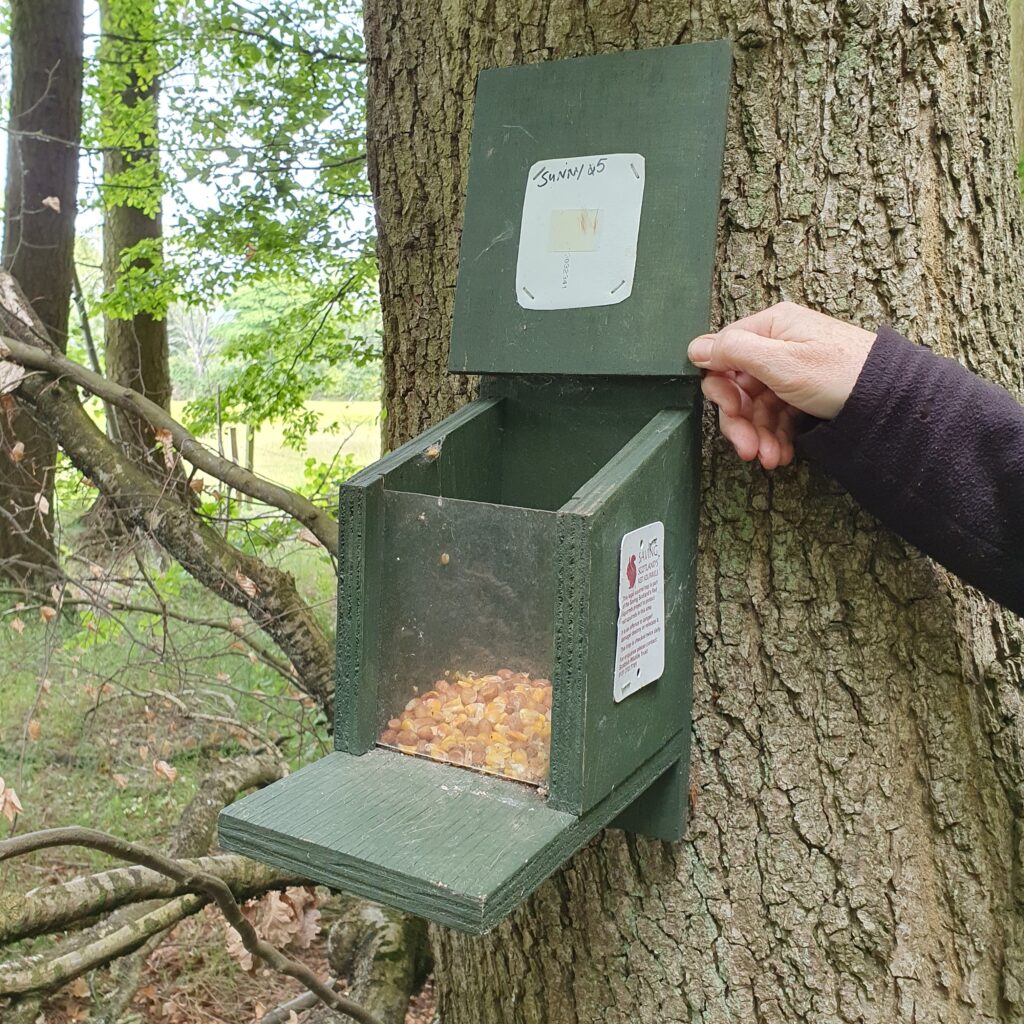After escaping a zoo enclosure in 1971, a small number of grey squirrels quickly gained a foothold in Aberdeen. Since 2009, SSRS has worked with local partners to reduce grey squirrel population density and distribution in the north east. Our work to date has been very successful, and we are now aiming to completely eradicate grey squirrels from the north east of Scotland. In this blog, we hear from James, our Eradication Operations Lead in the North East of Scotland. James and our North East team are working hard to contain and eradicate the last few small pockets of grey squirrels in the Aberdeen area.
What is the main focus of your role?
I lead of the practical eradication effort in Aberdeen, which is a very varied role! It incorporates a good mix of both practical conservation work, analysing hair samples as well as data entry.
What does a typical day look like for you?

My working week starts with collecting hair samples from various sites across Aberdeen. The hair samples are collected on our Rapid Response Monitoring Feeder boxes. We have hundreds of these feeders throughout Aberdeen city which are monitored by either staff or by volunteers. The hair samples are collected and then analysed through a microscope to determine whether red squirrels, grey squirrels or other species have visited the feeders.
These results are then entered into an online database so that the results from all our feeder boxes can go directly into our records. This gives us an indication of presence of grey or red squirrels, and helps us track the changes in population distribution of both red and grey squirrels in the area.
I also react to any grey squirrel sightings which come in via the sightings page on our website. Our reaction starts with trying to find out more information and evidence of any grey squirrel presence. This can include working with the community for further support and using trail cameras for monitoring. If a grey squirrel is detected, we then move on to trapping.
What are some of the challenges you face?
As this could potentially be a world first eradication of an INNS urban grey squirrel population it does have challenges. I think trying to find the last remaining grey squirrels in Aberdeen is undoubtedly the biggest challenge. Also establishing contact with individual land-owners of the remaining pockets of woodland potentially hosting grey squirrels within Aberdeen can be a difficult task. We need to gain permission to monitor on their land so establishing contact is a key part of the process.
What are some of the highlights?
One of the highlights has to be seeing red squirrels regularly during my day-to-day work. I also get to witness real time project success with red squirrels returning to the Aberdeen area. Getting a glimpse of red squirrels even in an urban environment is always special. Knowing the work myself, colleagues and the community put into the SSRS project is having a tremendous positive impact on the future of Aberdeen’s red squirrels is incredibly rewarding as without our work they wouldn’t be here at all.

Find out more about our work in the North East of Scotland as well as how you can help here.

